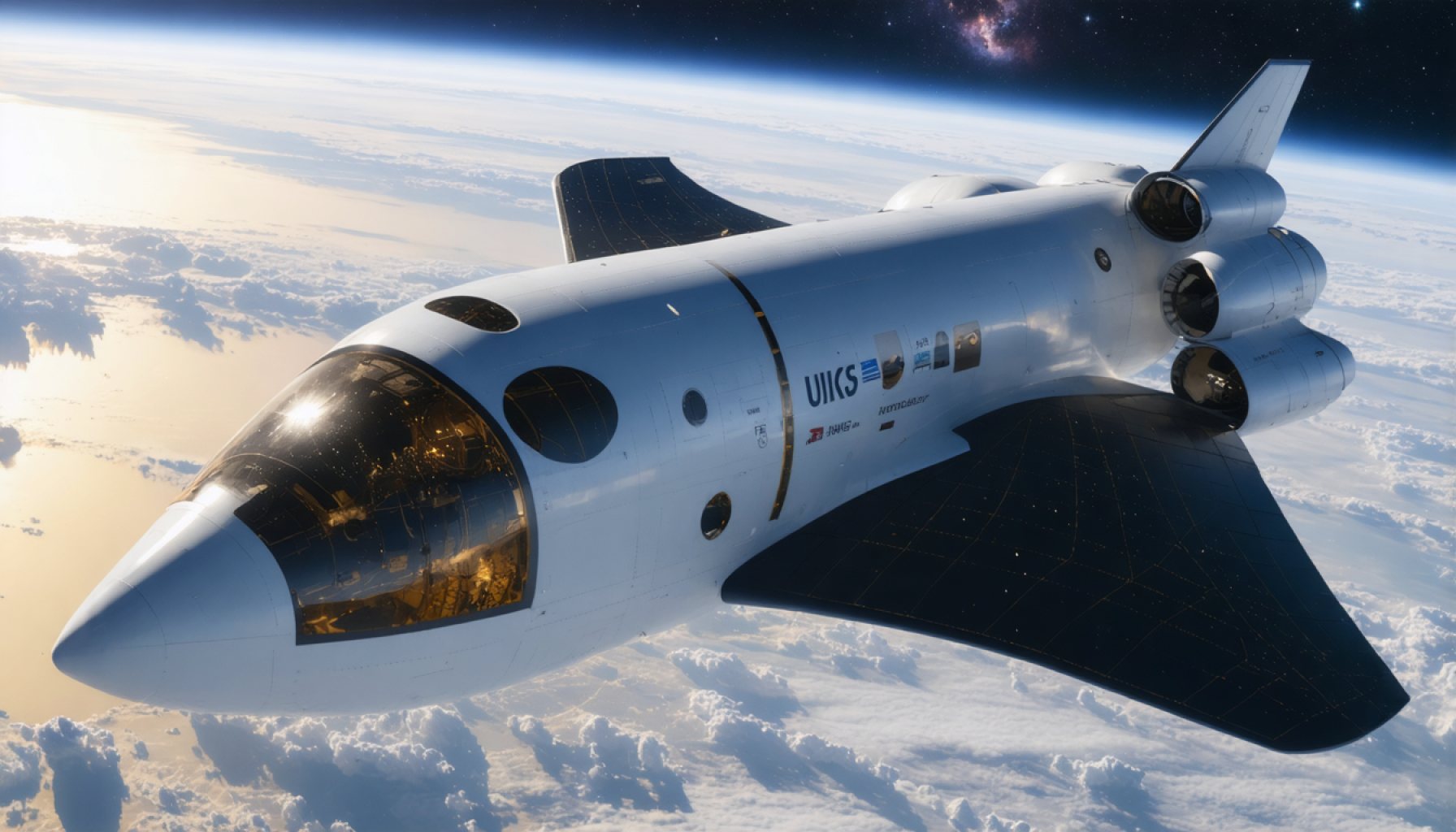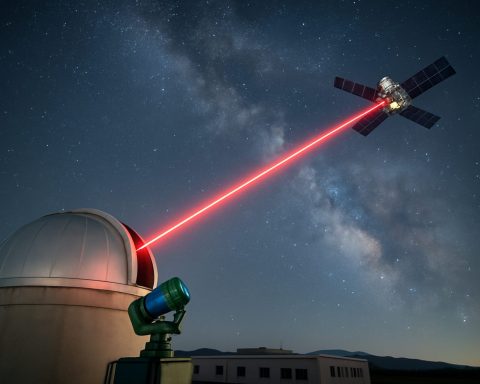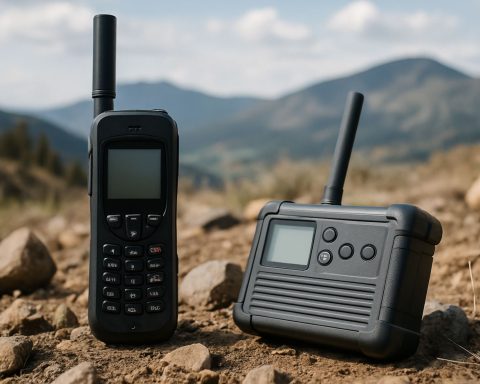- Blue Origin offers an 11-minute commercial space travel experience aboard its New Shepard spacecraft, crossing the Kármán line at 62 miles above Earth.
- Prices are confidential, but speculated to range between $200,000 and $300,000, with deposits starting at $150,000.
- The cost to secure a seat on the spacecraft is prohibitive, evidenced by a $28 million auction for a position on an inaugural flight.
- Participants experience microgravity and stunning Earth views from a pilotless, automated environment, but must meet physical fitness and health criteria.
- Blue Origin, under Jeff Bezos, competes with Virgin Galactic and Space Perspective in the commercial spaceflight industry.
- Despite current high costs, there is hope for a future where space travel becomes more accessible and democratized.
Imagine the thrill of propelling beyond the clouds, crossing the invisible gateway to space, and glimpsing Earth’s splendor through expansive windows. This euphoric experience, intertwined with the equal parts terrifying and exhilarating sensation of floating in microgravity, is what Blue Origin promises to its adventurers. Yet, this celestial adventure comes with a price as steep as the climb itself.
Nestled in the heart of Texas, Blue Origin has emerged as a pioneer in the burgeoning world of commercial space travel. Under the stewardship of Jeff Bezos, it invites the bravest—and wealthiest—of us all to climb aboard its New Shepard spacecraft. This 11-minute odyssey challenges the limits of human dreams as passengers are catapulted past the Kármán line, where Earthly boundaries end and space begins, at an altitude of 62 miles.
While the horizons are awe-inspiring, the financial barrier is equally staggering. Though Blue Origin maintains confidentiality regarding their official ticket rates, whispers suggest they mirror the company’s ambition: vast and formidable. Prospective voyagers must often secure their celestial seat with a considerable deposit of $150,000, marking only the initial investment in their interstellar aspirations.
Auctioned seats have fetched princely sums, with one well-publicized position selling for an astronomical $28 million during the spacecraft’s inaugural flight in June 2021. This singular instance hints at the stratosphere-reaching cost structure awaiting future space tourists. Industry insiders speculate that the average ticket lands somewhere between $200,000 and $300,000, placing Blue Origin competitively alongside Virgin Galactic’s $450,000 expeditions and Space Perspective’s $125,000 sky-high journeys.
But the journey transcends these awe-inducing financial figures. Within the automated, pilotless environment of New Shepard, participants find themselves cocooned in an immersive setting, disconnected from the mundane and gripped by the spectacular—a gift reserved only for those meeting stringent health criteria designed to withstand the rapid bursts of acceleration and deceleration. Basic physical fitness is mandatory, aligning with Blue Origin’s rigorous safety protocols, ensuring that the body’s resilience matches the adventure’s demands.
While largely unapproachable for the average dreamer, Blue Origin envisions a future where the cosmos is not just the playground of the elite. As innovations continue and space travel becomes less the realm of fantasy and more a tangible venture, there’s optimism that these barriers will fall like dominoes. The democratization of space travel is on the horizon, and with it, a new era of exploration and wonder awaits those who dare to dream skywards.
For now, space remains a lofty aspiration held aloft by dreams—and a hefty wallet. But as the trajectory of progress bends towards wider accessibility, tomorrow’s skyward journey could be just around the cosmic corner.
Billion-Dollar Thrills: How Blue Origin is Shaping the Future of Space Tourism
Introduction
Blue Origin, spearheaded by Amazon’s Jeff Bezos, has captured the imagination of many with its commercial space travel offerings via the New Shepard spacecraft. This journey offers a visceral experience of Earth’s beauty from space, blended with the adrenaline rush of microgravity. However, this exhilarating voyage is not accessible to everyone, primarily due to its steep financial requirements.
How It Works: Steps to Your Cosmic Journey
1. Application and Deposit: Prospective space tourists complete an initial application and deposit, typically around $150,000, securing their spot in the queue for future flights.
2. Health and Fitness Checks: Participants undergo thorough medical evaluations to ensure they meet the physical fitness requirements, crucial for handling the intense forces experienced during ascent and descent.
3. Training Sessions: Before the flight, attendees participate in comprehensive training sessions at Blue Origin’s Texas facilities, familiarizing themselves with zero-gravity conditions and safety protocols.
4. Launch Day: Space tourists climb aboard the New Shepard, an automated, pilotless capsule designed for a 11-minute journey past the Kármán line.
5. Experience the Thrill: At an altitude of 62 miles, participants witness Earth’s curvature and the vastness of space, all while experiencing microgravity for a few breathtaking minutes before descending back to Earth.
Real-World Use Cases and Market Trends
The burgeoning industry of space tourism is already attracting high-profile enthusiasts and investors. Blue Origin, alongside companies like Virgin Galactic and Space Perspective, is at the forefront, pushing the envelope for commercial space travel. The space tourism market is projected to grow exponentially, with estimates suggesting it could be worth over $3 billion by the end of the decade.
Comparing the Contenders
– Blue Origin: Tickets estimated between $200,000 and $300,000, with a strong emphasis on safety and customer experience. Their flights last approximately 11 minutes featuring immersive experiences beyond the Kármán line.
– Virgin Galactic: Offering tickets at approximately $450,000 for a 90-minute experience. Their flights provide a longer duration in microgravity with an emphasis on in-flight training and preparation.
– Space Perspective: Offers a different experience at $125,000, using a high-altitude balloon to carry passengers to the edge of space for a more leisurely and less G-force-heavy ride.
Controversies and Limitations
While Blue Origin’s technological prowess is evident, the cost remains prohibitively high for most individuals, challenging the concept of democratizing space travel. Moreover, the environmental impact of frequent launches and the substantial fuel consumption have sparked debates, pushing companies to consider more sustainable practices.
Blue Origin’s Commitment to Sustainability
Blue Origin emphasizes reusable rocket technology to mitigate environmental impact. The New Shepard rocket, for instance, is designed for multiple launches, thereby reducing waste and minimizing the carbon footprint associated with space travel.
Pros and Cons Overview
Pros:
– Unmatched view of Earth from space
– Experience of microgravity
– Meticulous safety protocols
Cons:
– High cost, making it accessible mostly to the wealthy
– Limited duration of weightlessness
– Environmental concerns associated with rocket launches
Final Thoughts
As technology advances and competition among space tourism firms intensifies, prices are expected to fall, making space more accessible. The day when space travel is within reach for many might not be far off.
Here are some quick tips for budding space tourists:
– Stay informed: Keep track of industry announcements to catch potential price reductions and new offerings.
– Start a fitness regime: Preparing your body for the journey now can help ensure you meet the necessary health criteria.
For those with an adventurous spirit and the means, Blue Origin presents an unparalleled opportunity to touch the stars. However, for most, the dream remains just out of reach—at least for now.










